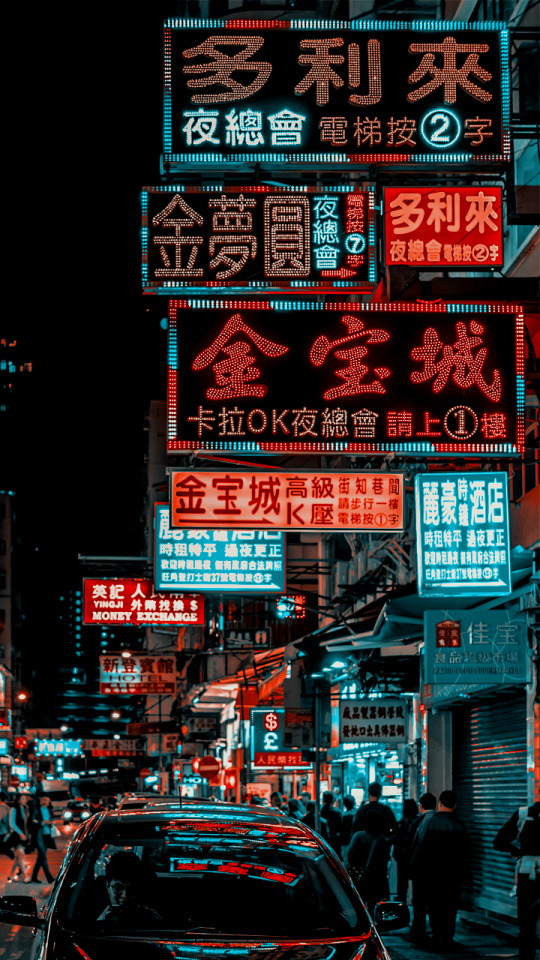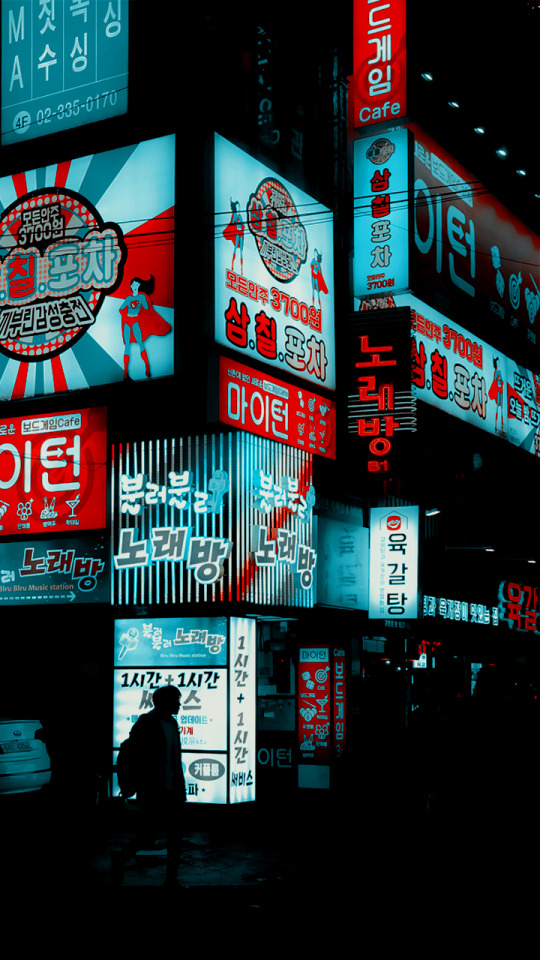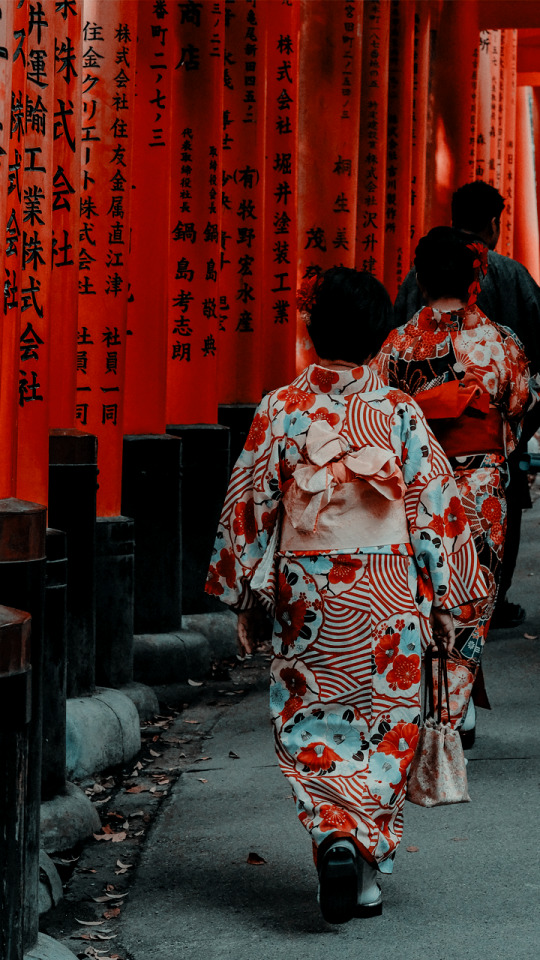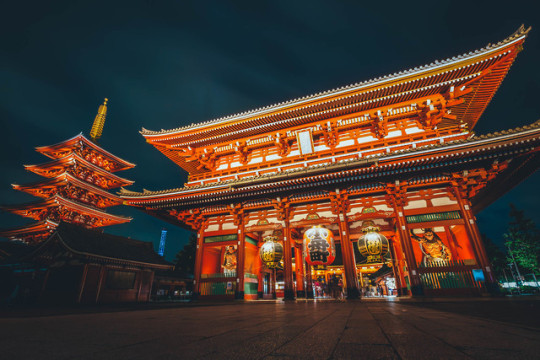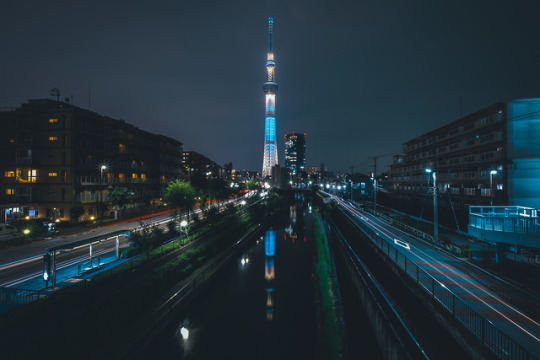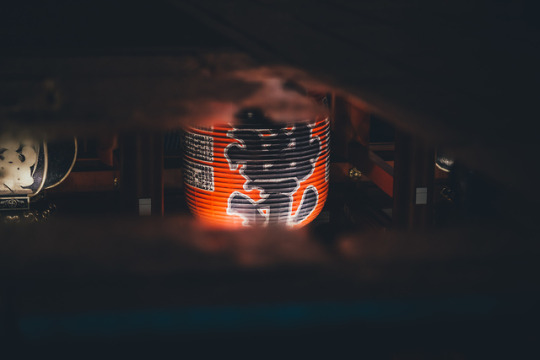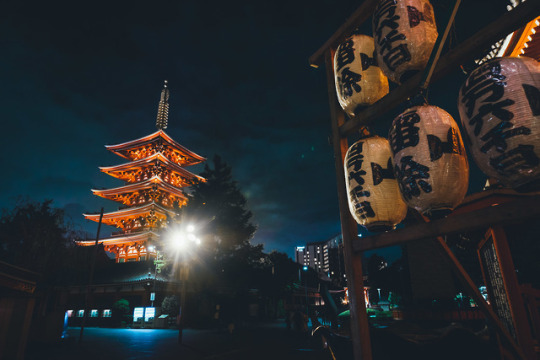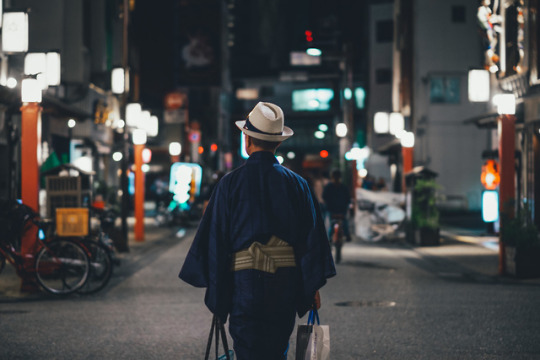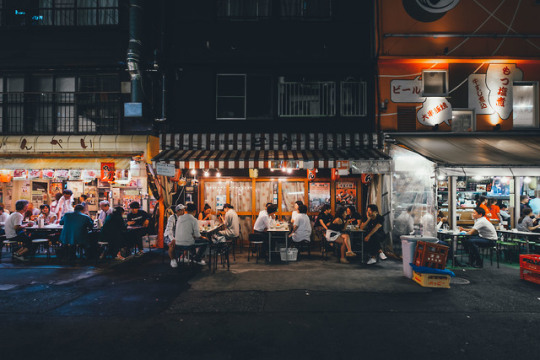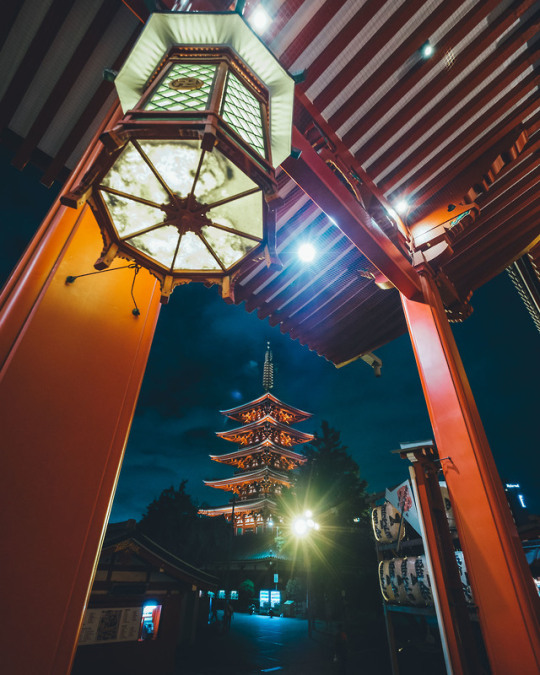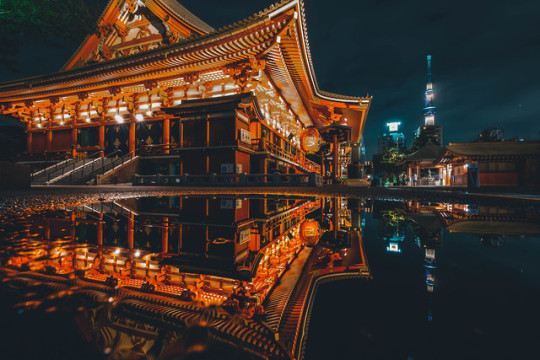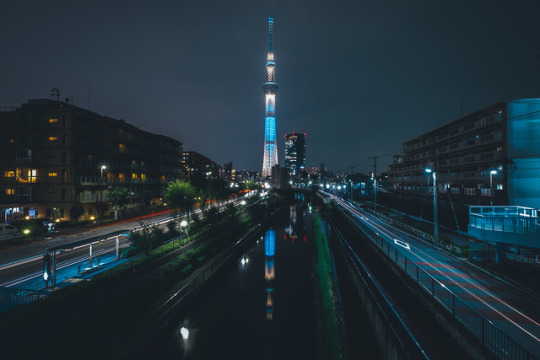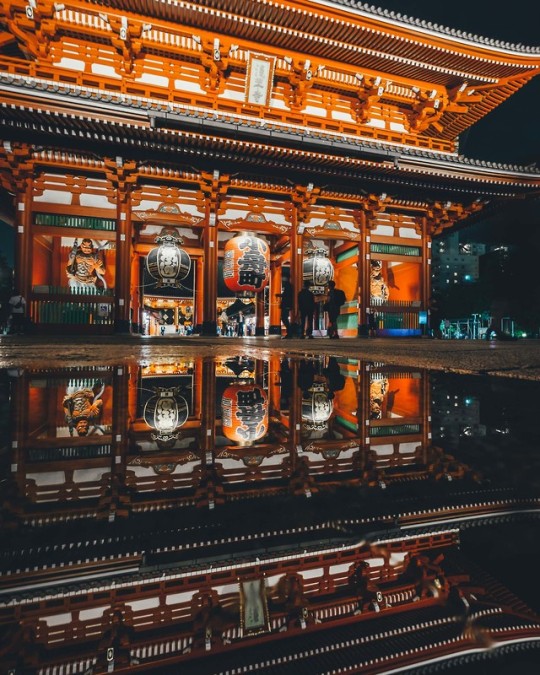Don't wanna be here? Send us removal request.
Text
I told Miyazaki I love the “gratuitous motion” in his films; instead of every movement being dictated by the story, sometimes people will just sit for a moment, or they will sigh, or look in a running stream, or do something extra, not to advance the story but only to give the sense of time and place and who they are.
“We have a word for that in Japanese,” he said. “It’s called ma. Emptiness. It’s there intentionally.”
Is that like the “pillow words” that separate phrases in Japanese poetry?
“I don’t think it’s like the pillow word.” He clapped his hands three or four times. “The time in between my clapping is ma. If you just have non-stop action with no breathing space at all, it’s just busyness, But if you take a moment, then the tension building in the film can grow into a wider dimension. If you just have constant tension at 80 degrees all the time you just get numb.”
Which helps explain why Miyazaki’s films are more absorbing and involving than the frantic cheerful action in a lot of American animation. I asked him to explain that a little more.
“The people who make the movies are scared of silence, so they want to paper and plaster it over,” he said. “They’re worried that the audience will get bored. They might go up and get some popcorn.
But just because it’s 80 percent intense all the time doesn’t mean the kids are going to bless you with their concentration. What really matters is the underlying emotions–that you never let go of those.
— Roger Ebert in conversation with Hayao Miyazaki
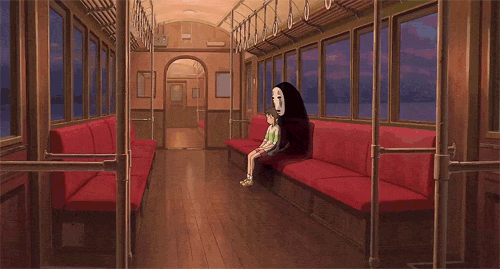
103K notes
·
View notes
Text
Me: There are so many good K-Pop groups out there, I should really give them a try!
Me, 2 hours later:

1K notes
·
View notes




